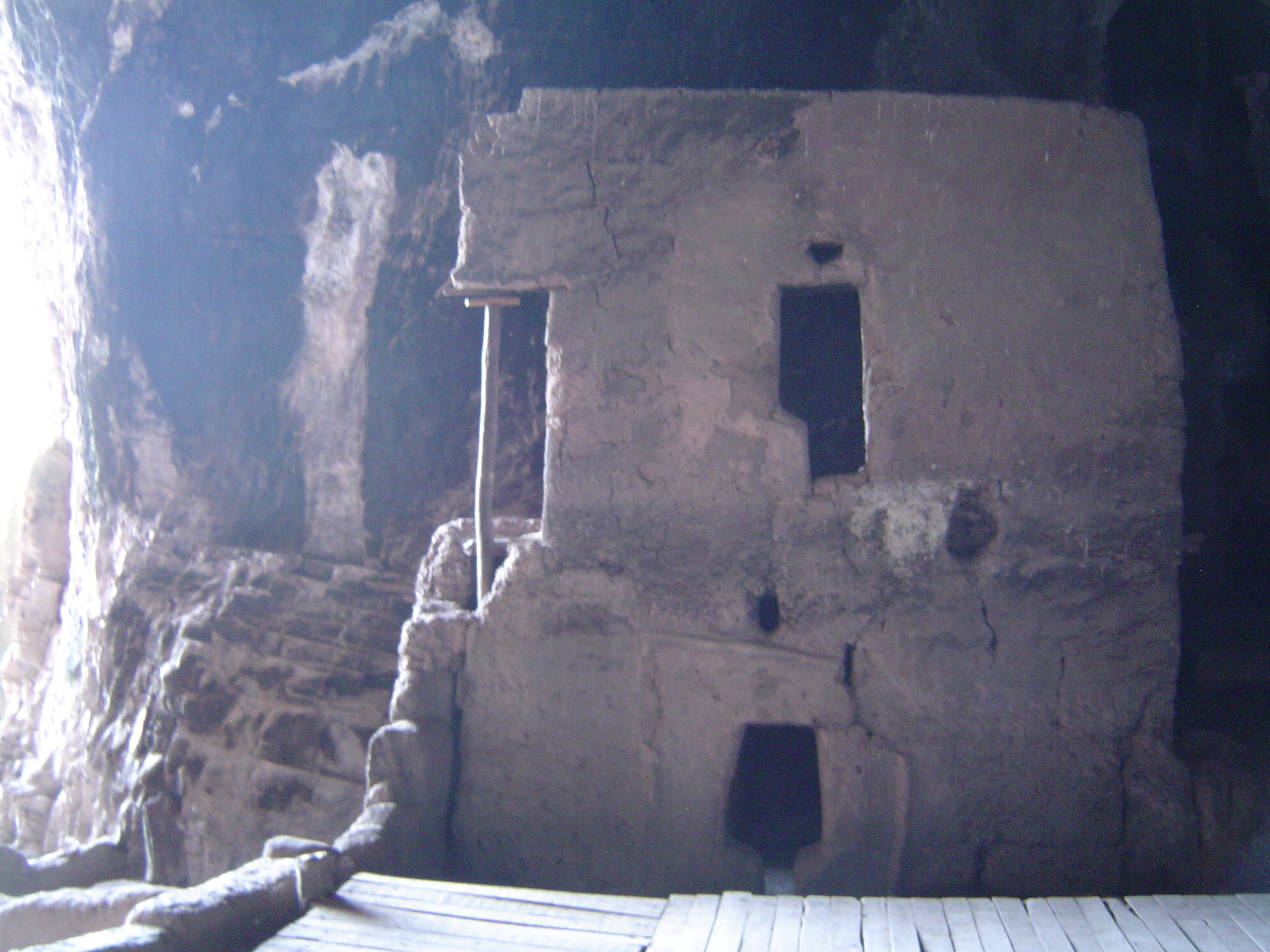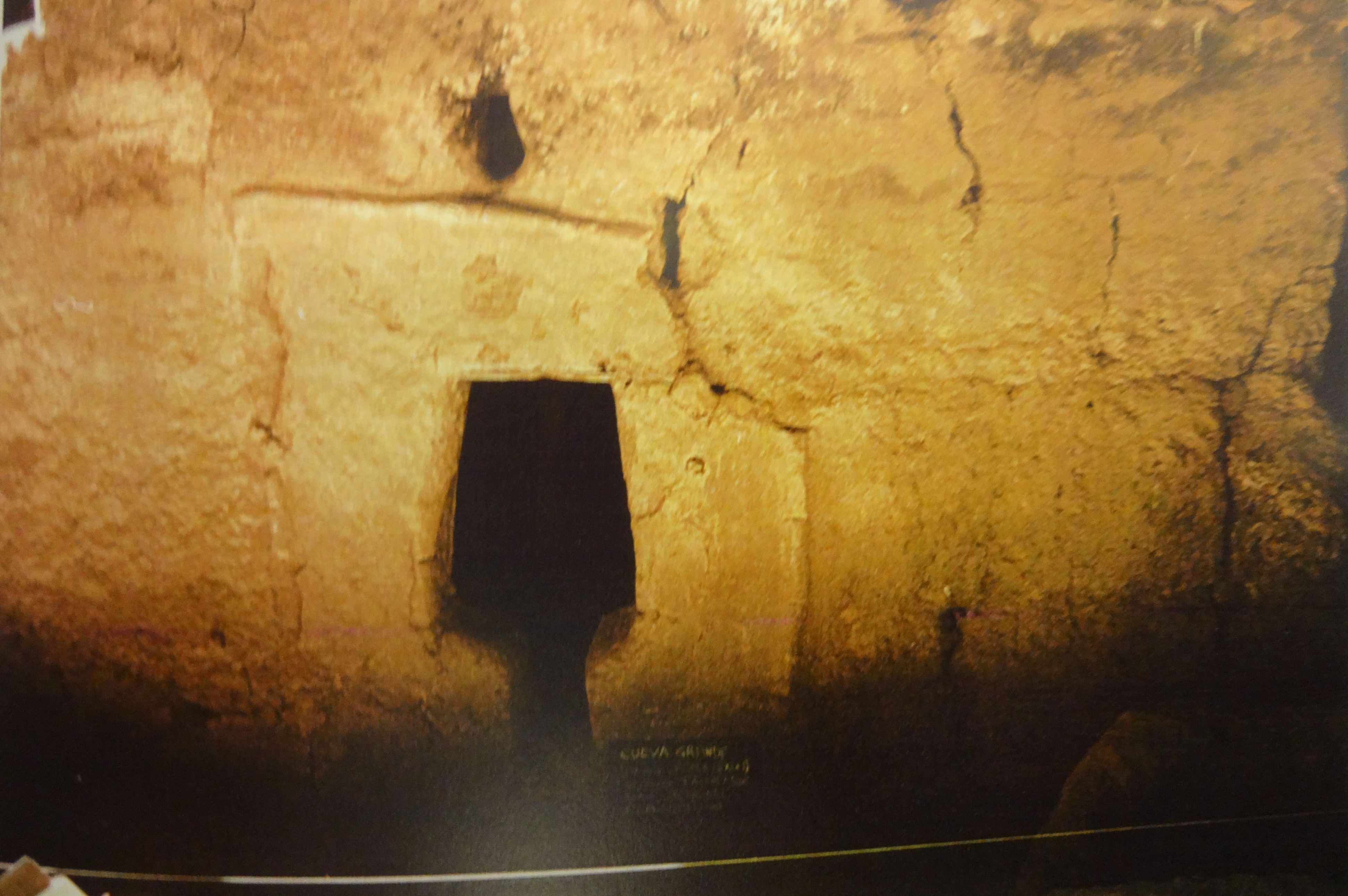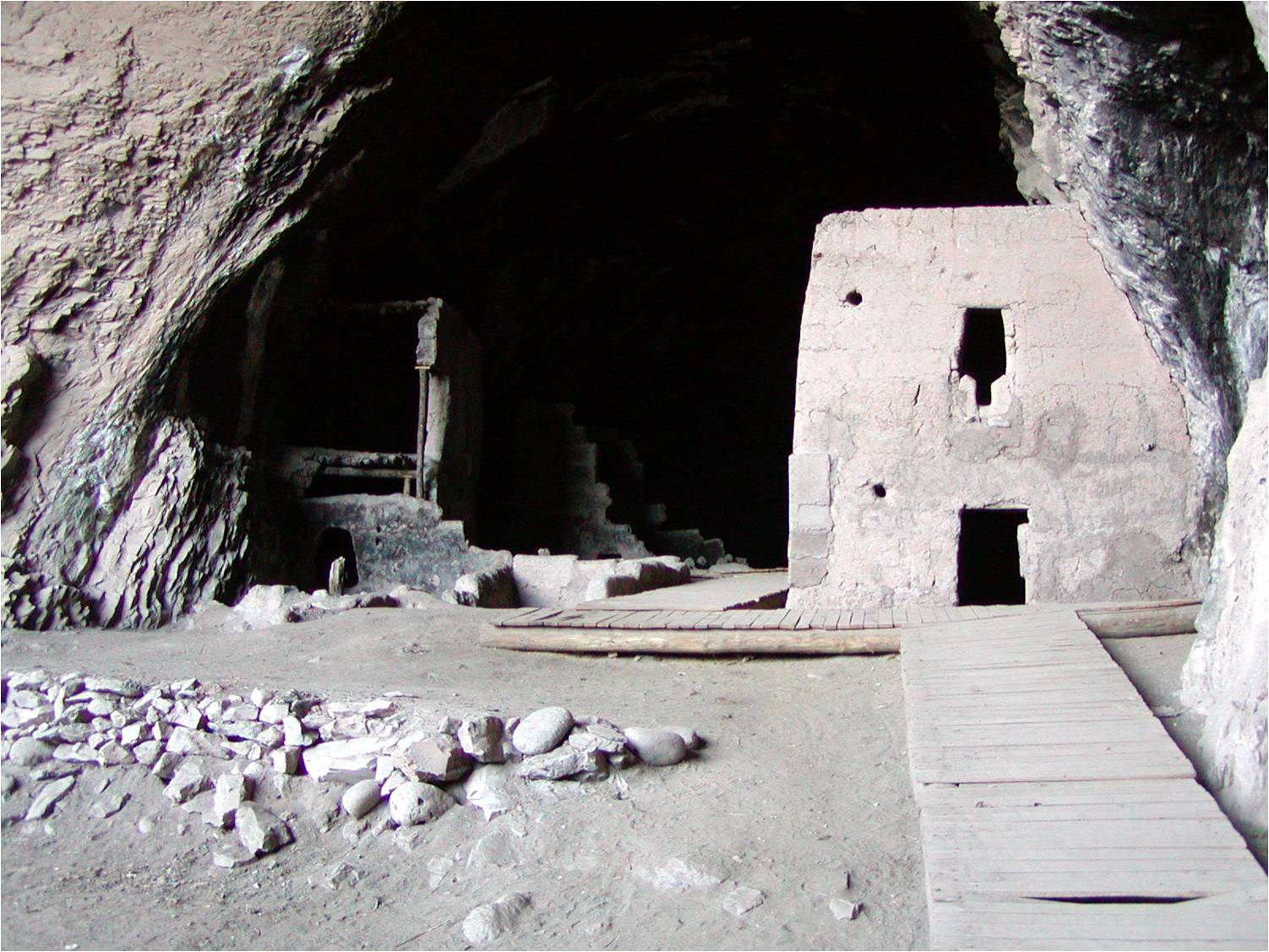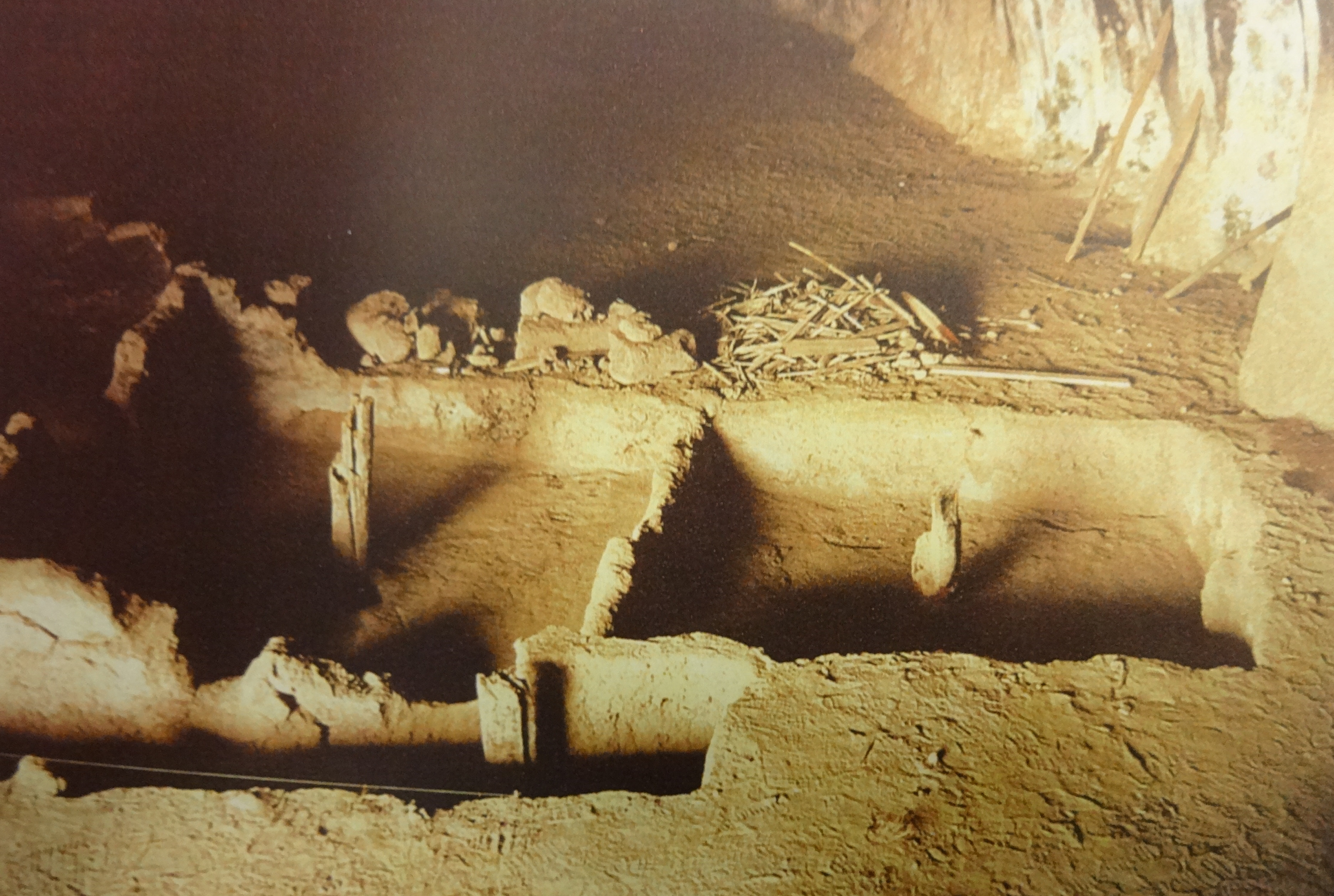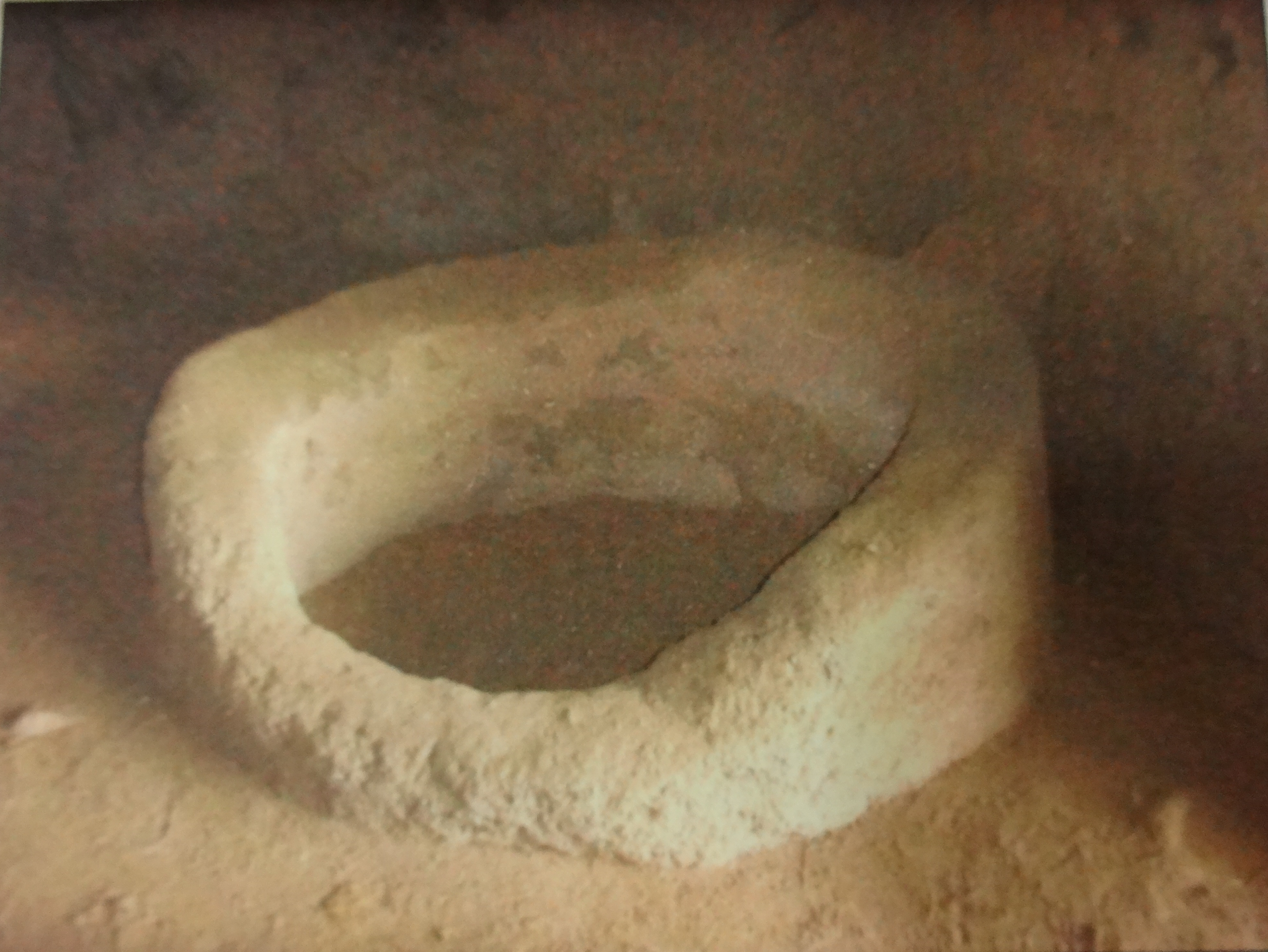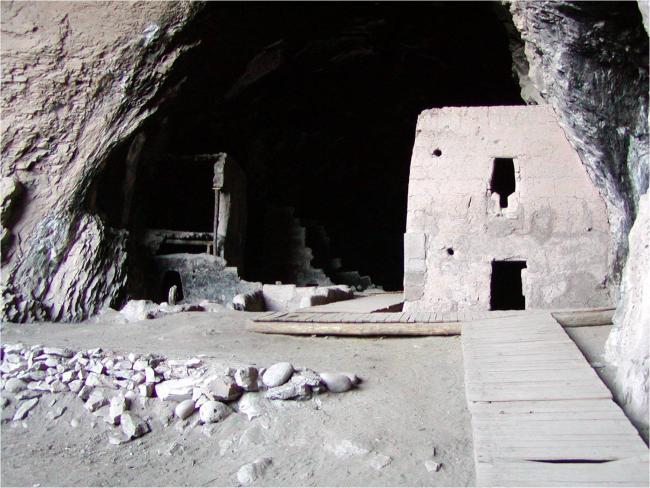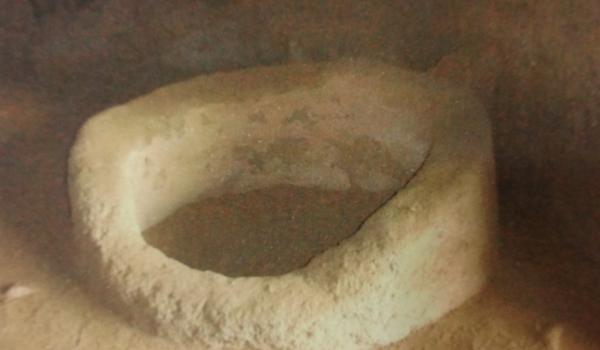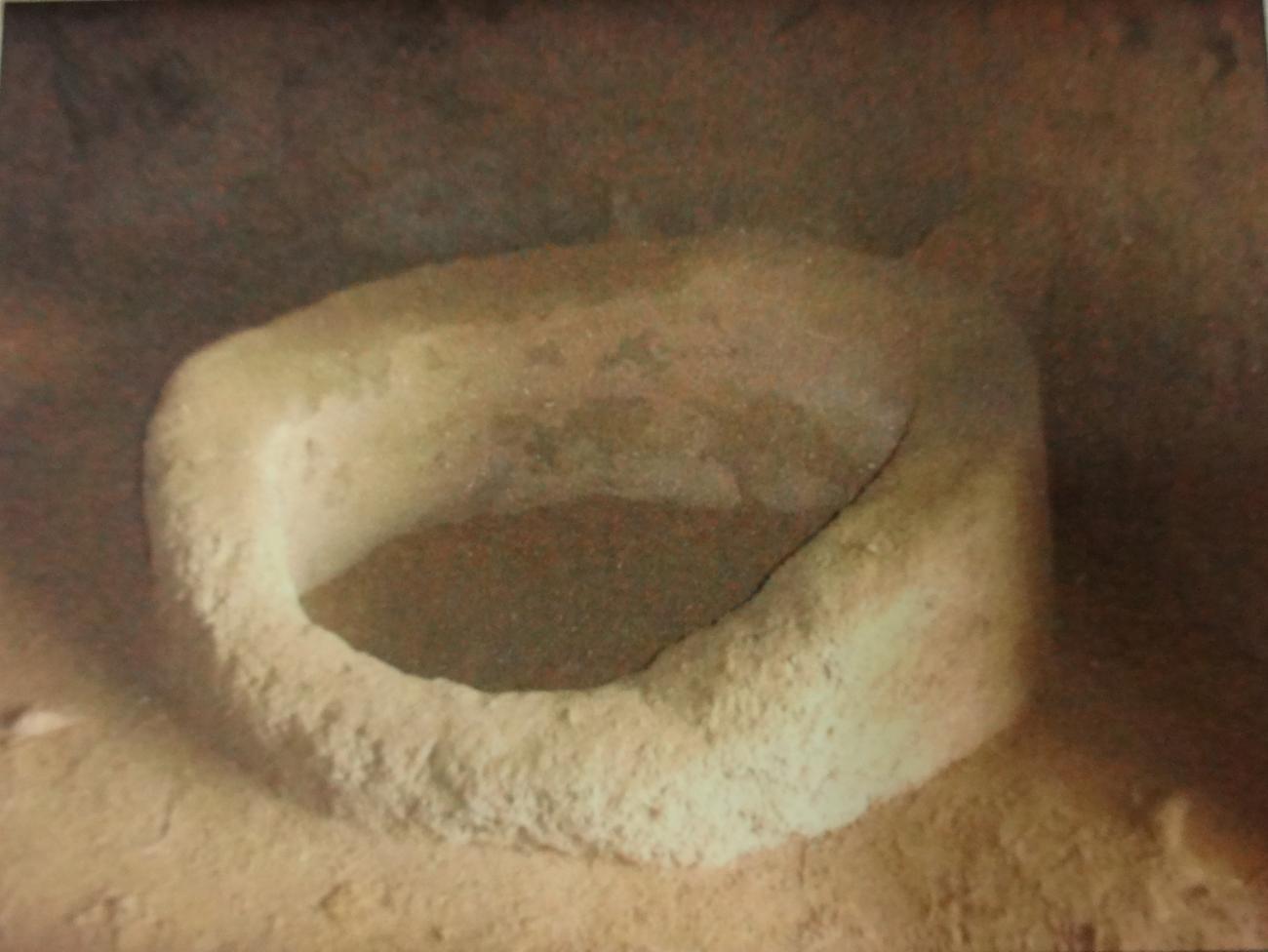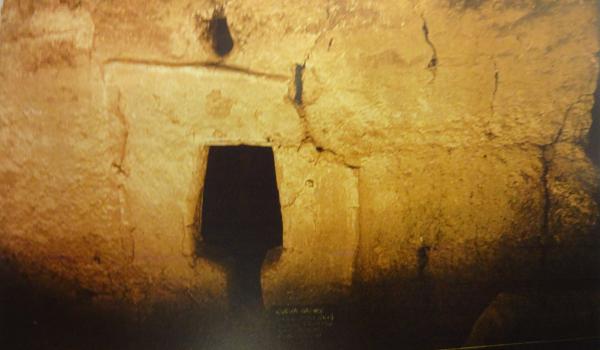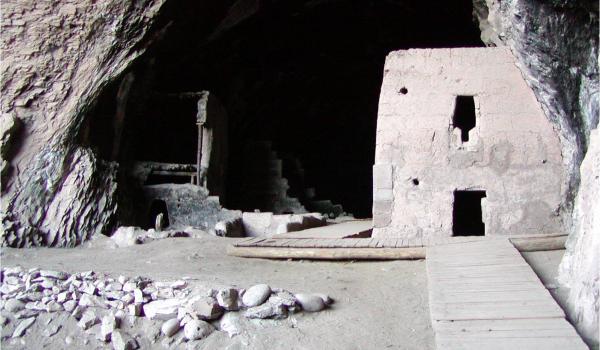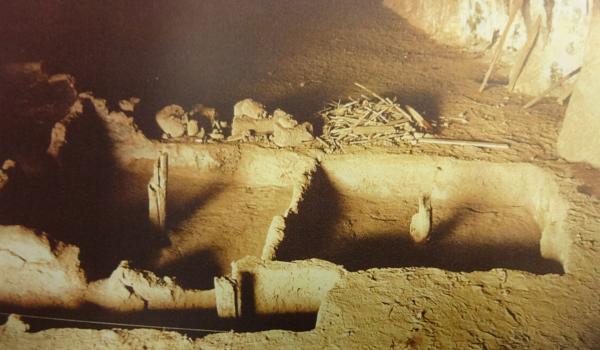Visit us
Cueva Grande
Opening hours
Tuesday to Sunday from 09:00 to 17:00 h - Last access 16:00 h
Fee
Sin costo Visitantes nacionales
Sin costo Visitantes extranjeros
Visitas fuera de horario normal de operación $730.00
Visits outside of normal operating hours $730.00
Adress
Road to Huapoca-Cueva Grande, El Puente, Municipality of Madera, Chihuahua. Access to the road that leads to Huapoca at the junction of Independencia Avenue in Madera Chihuahua.
Access
From Ciudad Madera, take the road heading west. After 40 km, at the end of the pass, continue on the first track to the right, cross the Papigochi River and begin to ascend until you find the entrance to the cave which is home to the archeological zone.
Services



Important
- No smoking
- No entry with food
- Pets not allowed

